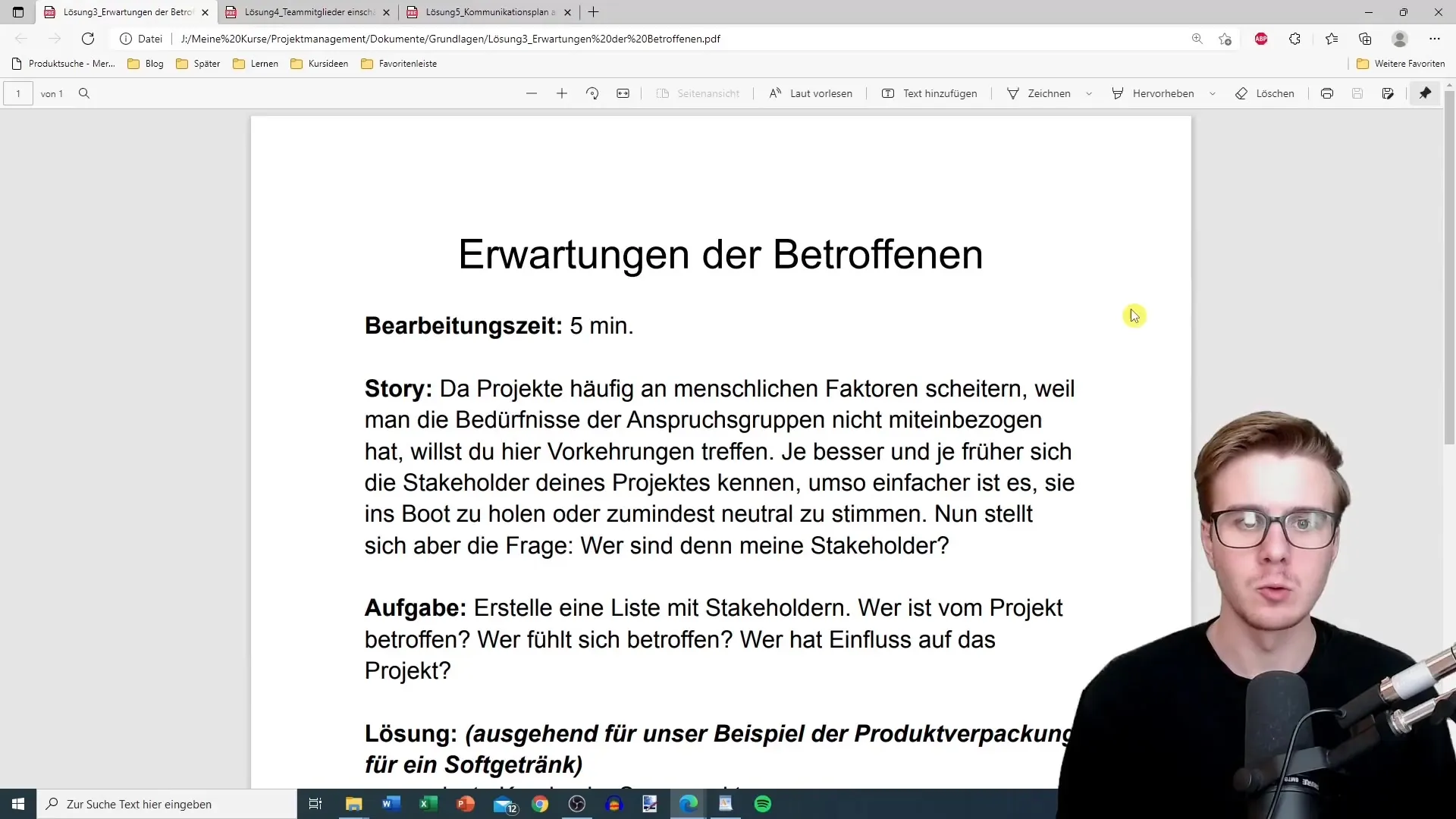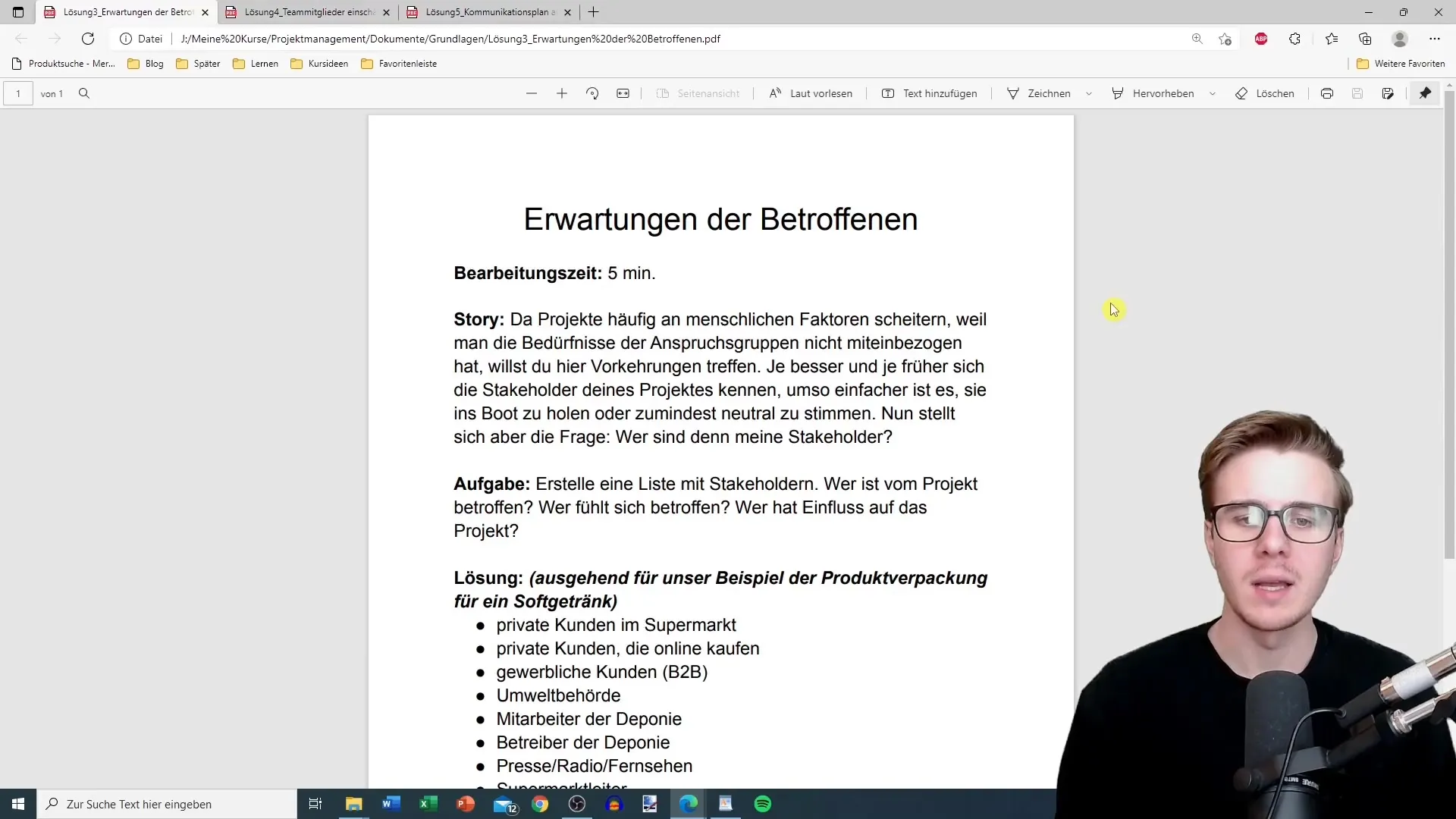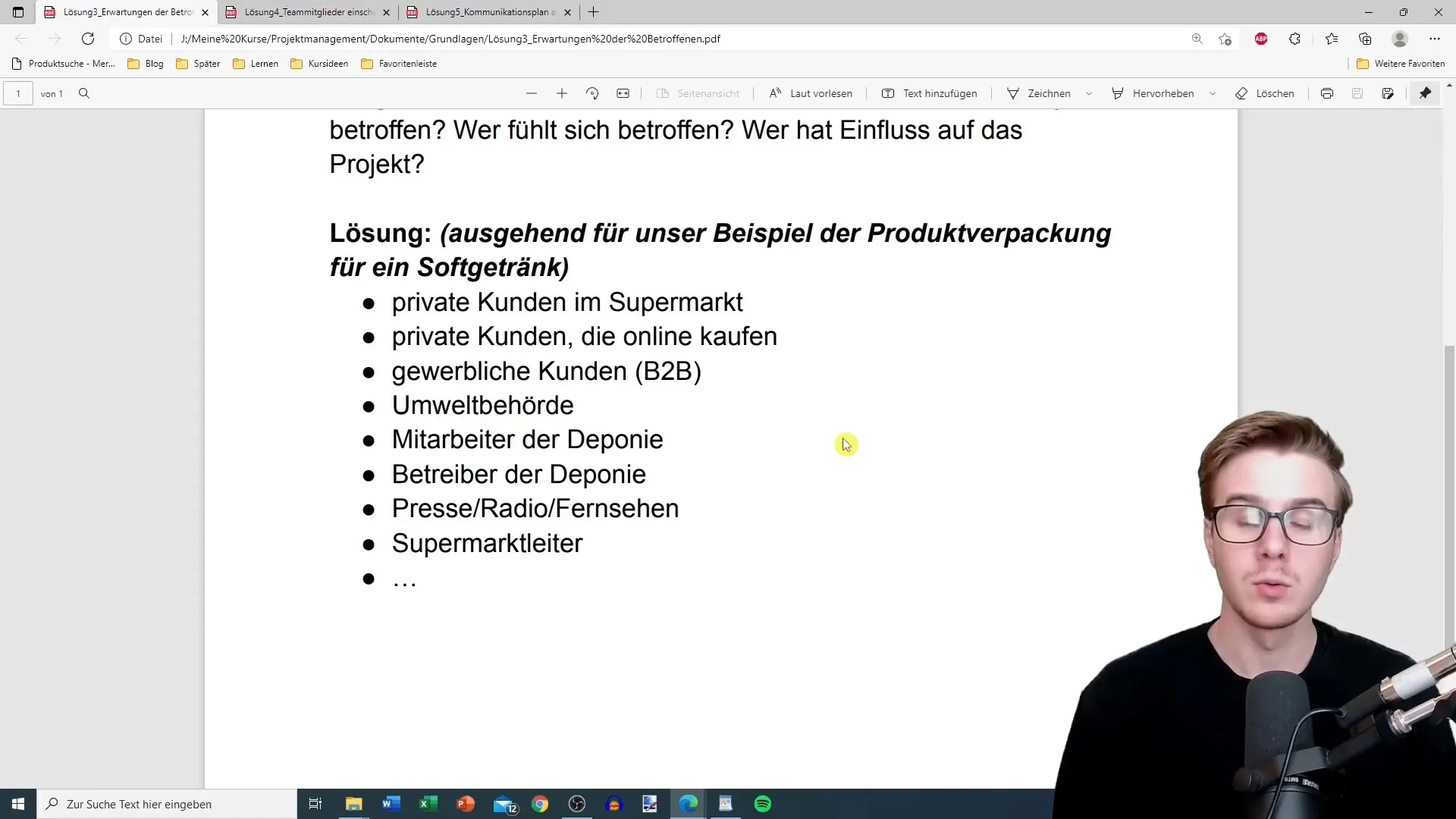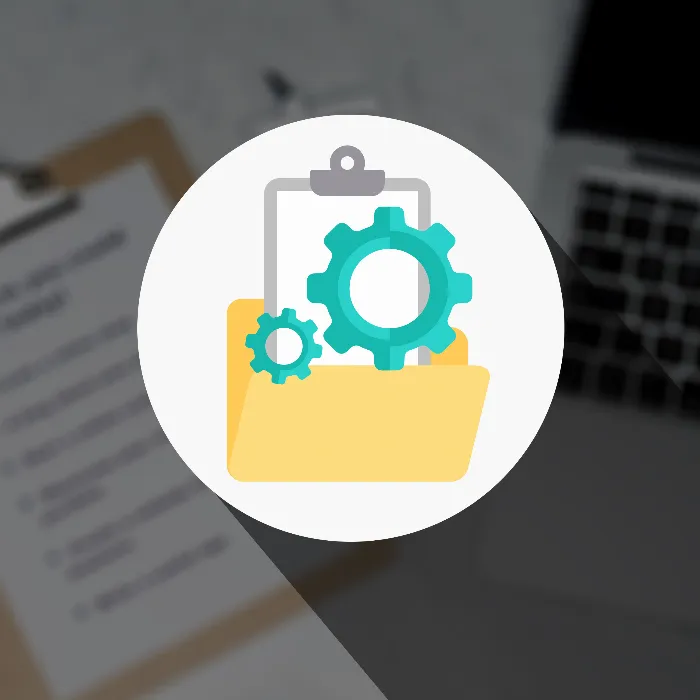Understanding the expectations and needs of stakeholders is crucial for successfully managing a project. In this tutorial, you will learn how to identify stakeholders and incorporate their demands into project planning. By considering various interest groups, you not only create clarity but also minimize potential conflicts. Let's get straight to the point and go through the necessary steps that will help you tackle this important task.
Key Takeaways
- Stakeholders are all those who have an influence on the project or are affected by it.
- A thorough identification of stakeholders enables better communication and conflict minimization.
- You should transparently and regularly communicate the stakeholders' expectations.
Step-by-Step Guide to Stakeholder Analysis
Step 1: Identify Stakeholders
The first step in stakeholder analysis is to identify all relevant stakeholders. This includes both internal and external participants. Consider which individuals and organizations are in any way connected to your project. Start with your product or service and then go through the various phases of the production process.

Consider, for example, who the direct consumers of your product are, such as members of the sales department or logistics partners. For a product like a soft drink, you could identify customers at the supermarket, the supermarket manager, and the store employees. But these are by no means all the stakeholders involved.

Also, consider the needs of online customers who purchase through your webshop. Additionally, take into account internal stakeholders such as employees responsible for packaging or marketing the product within the company. All these stakeholders play a role in your project.
Step 2: Classify Stakeholders
After creating a list of stakeholders, the next step is classification. It is important to assess stakeholders based on their influence and interest in the project. Use a simple matrix to determine which category each stakeholder belongs to.

Classification can be done in four main categories:
- High influence, high interest
- High influence, low interest
- Low influence, high interest
- Low influence, low interest
Through this categorization, you can prioritize how to communicate and interact with the various stakeholders effectively.
Step 3: Analyze Stakeholders' Expectations
In the next step, you should analyze the expectations and needs of the identified stakeholders. Why are they interested in your project? What do they expect from you? It is important to identify and understand the stakeholders' priorities so that you can address them.
Create a document outlining the key expectations of each stakeholder. This may include product quality, sustainability, fair pricing, or similar product information. For example, in our scenario, the environmental authority may insist on all packaging being environmentally friendly. This point should definitely be taken into account.
Step 4: Develop a Communication Strategy
With the identified stakeholders and their expectations, it's time to develop a communication strategy. It is important to decide how and when you want to communicate with stakeholders to effectively inform them about the project's progress.
For instance, you could plan regular updates via email, hold informational events, or even have personal conversations. Depending on the stakeholder category, communication can be tailored differently: Key stakeholders with high influence should be regularly informed about all developments, while less influential ones may be satisfied with general updates.
Step 5: Gather Feedback and Make Adjustments
The final step in this process is to continuously gather feedback from stakeholders and, if necessary, make adjustments. Stakeholders may develop new needs or change their expectations during the project. Therefore, it is crucial to remain flexible and adjust project plans to meet these requirements if needed.
Feedback can be gathered in various ways, including surveys, personal conversations, or feedback forms. Ensure that stakeholders feel heard and that their expectations are taken seriously. Open communication can help detect potential conflicts early on.
Summary - Stakeholder Analysis in Project Management: Detailed Guide
Conducting a comprehensive stakeholder analysis is a key requirement for successful project management. By identifying, classifying, and understanding stakeholders' expectations, you are able to develop informed communication strategies. Feedback is the key to remaining flexible in project implementation.
Frequently Asked Questions
What role do stakeholders play in projects?Stakeholders directly or indirectly influence the course and results of a project.
How do I identify the right stakeholders?Create a list based on product relevance, influence, and interests.
What should I include in my communication strategy?Regular updates, feedback mechanisms, and communication channels such as email and meetings.
How flexible should I be in communicating with stakeholders?Remain open to changes in expectations and adjust your approaches as needed.
How often should I seek feedback?Regular feedback is advisable to ensure that stakeholders feel heard and to make adjustments.


